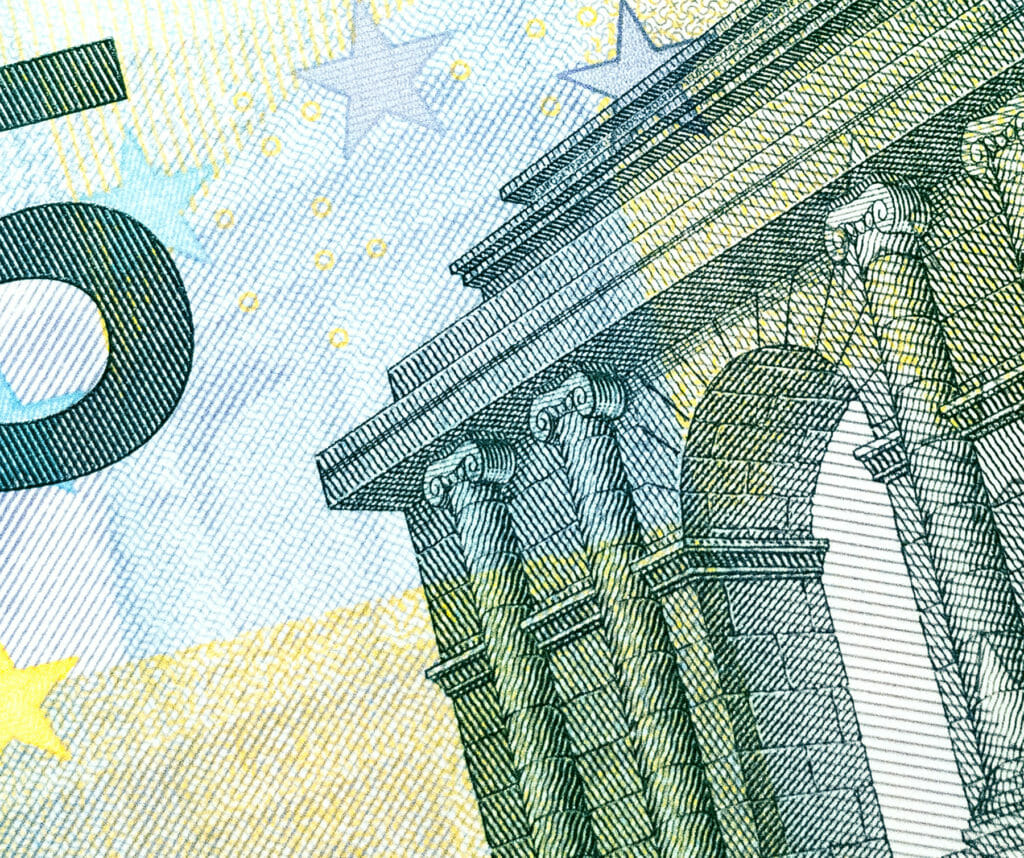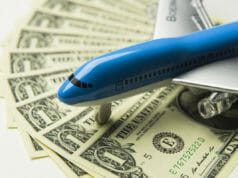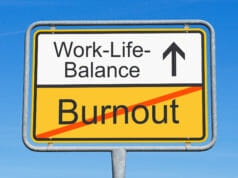With airlines there are many, often confusing, aspects of payment relating to how pilots are compensated under their contracts. Hourly pay is pretty straight forward, in that a pilot gets paid usually from the time the door is closed or the brake is dropped, until the door is opened or the brake is set at the end of a leg. Add the legs together, and you have the pilot’s hourly pay for that day of work.
Per Diem is an additional pay that is usually negotiated into a contract for the purpose of offsetting the cost associated with traveling (for instance, additional cost associated with purchasing meals on the road). This amount will be a set negotiated rate covered in the contract, and is a common compensation associated with businesses or occupations that spend a lot of time travelling (such as with truck drivers). It is important to understand per diem because it can greatly affect the actual compensation a pilot receives under any given labor contract.
The per diem will usually start at trip show time on your first leg on your way out of base (the same time your hourly pay begins), but unlike your hourly pay, it does not stop until the end of the debrief in domicile, at the end of the trip. This why a pairing will usually include both a block credit time (the theoretical value of the trip if everything runs 100% as scheduled) as well as a “Time Away From Base” value, which is how the per diem is calculated. While a 4-day trip might carry a block value of 20 hours, the time away from base might be closer to 85 hours. What this means is that over the course of the 4 days, the schedule is expecting 85 hours to elapse between the moments you block out of base at the beginning of a trip, and block back in at the end. The per diem will calculate hourly during these times.
 It is important to understand this because the per diem value in a contract might not seem like a significant source of money, but can actually add up to hundreds of additional dollars of pay over the course of a month. Also, it is important to understand because there are situations where the per diem is tax-exempt compensation.
It is important to understand this because the per diem value in a contract might not seem like a significant source of money, but can actually add up to hundreds of additional dollars of pay over the course of a month. Also, it is important to understand because there are situations where the per diem is tax-exempt compensation.
To look at an example, we will assume that Airline A and Airline B have identical trips available for each pilot. Both trips are worth 20 hours of line credit and 85 hours of per diem value. We will assume that the hourly compensation on both Airline A and B is the same, so there is no difference in trip value from a base pay perspective. However, we will also assume that Airline A pays per diem at a rate of $1.60 an hour, and Airline B pays per diem at a rate of $1.85 an hour. While a dollar value under $2 an hour seems very insignificant, remember that this money accrues 24 hours a day, 7 days a week until the end of the debrief back in base.
In the case of our example trip, over the course of 85 hours away from base, Airline A will pay an additional $136 in per diem over and above the flight credit value of the 4-day trip. At $1.85 an hour, airline B will pay $157.25 over the course of the same trip, which is an additional per diem value of $21.25, even though both trips were completely identical. Effectively, that can almost equal (or even exceed in some cases) 1 hour of actual credit, even though the trips were identical.
Now, assume that Airline A and Airline B’s monthly schedules are identical, and each pilot ends up with 4 four-day trips that all equal 20 hours of credit value and 85 hours of per diem value. In this example month, Airline A will pay a total of $544 per diem in the month, while Airline B will pay a total of $629 in per diem value. That is a total difference in per diem value of $85 between Airline A and Airline B for that month, or several hours worth of credit. Keep in mind also, that Airline A and B both had completely identical trips for the entire month, so there were no additional requirements of the pilot in order to earn that extra money. This amount over the full 12 months (assuming an identical schedule each month) would be worth an additional $1000 to the pilot at Airline B over the course of the year, much of which might be tax-free.
Since per diem is designed to offset the cost of living on the road, in many cases the IRS considers it to be tax exempt, as it is considered a cost offset, and not additional compensation, for things like meals, drinks, miscellaneous fees and expenses associated with traveling, etc.
As a general rule of thumb, once a trip touches an out of base rest period (an overnight or some other form of rest that does not occur in domicile) the per diem value becomes tax exempt. However, if the trip ends back in domicile before touching a rest period (as in the case of a quick turn, or a day trip) the per diem is considered taxable by the IRS and is considered additional income for tax purposes. Obviously, the latest IRS guidance should be consulted for the most current rules relating to per diem.
However, while per diem is a form of compensation for airline pilots that usually goes relatively un-noticed, it can have a fairly profound impact on monthly income based on the way it is paid. While a $.15 per hour difference in per diem might not seem like a lot, it could potentially add up to an additional several hundred to several thousand dollars per year depending on the trips and schedules a pilot flies, and is not as insignificant in the grand scheme of payment as it might initially seem.























































































































